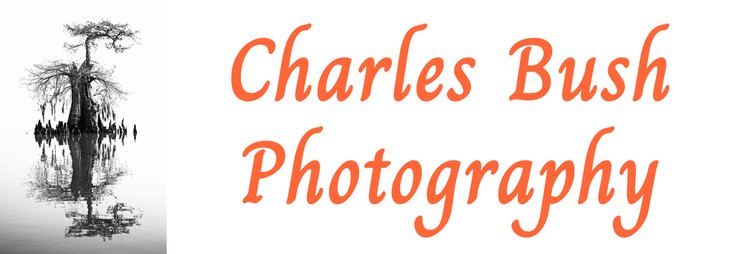The image above is of the camera I used from about 1969 until 1980. It's a Yashica 635 Twin Lens Reflex camera and it took great photographs. One thing missing from it and most cameras of its day was a light meter. While I had an external meter, it was marginal at best and most of the time I used no meter even though I shot mainly slide film which had very little exposure latitude.
Funny thing, most of the time the exposures were dead on. Back then when you bought a roll of film it came with a sheet of paper instructing you on how to set your camera to get the right exposure. Looking at the paper carefully it always said to set it in bright sunlight for f\16 and the reciprical of the iso speed of the film. So if shooting 100 iso film the paper said set it to f\16 at 1/125th (the standard speed) of a second. You could modify that at the equivalent settings of f\11 at 1/250th, f\8 at 1/500th, etc. It also said what to do in other conditions, add one stop of exposure for hazy sun, two for overcast, etc. Believe it or not, it worked very well. This is called using sunny 16 exposure.
What does it have to do with today with our super sophisticated matrix / evaluative metering beauties that seem to do everything by themselves. Actually quite a lot.
First if you believe in using standby settings, and you should, it is easy to estimate what approximate exposure you'll be needing and preset your iso settings to make sure you have a fast enough shutter speed for the aperture you think you will need to get the appropriate depth of field. So for example if I'm photographing Osprey in flight and it's mid-morning with bright sun, I know I want about f\8 to keep the face of the bird sharp and I want a shutter speed over 1/1000, so knowing I'm two stops faster than sunny 16, ISO 100 would be 1/400 and ISO 200 would be 1/800, I'd select ISO 400 and expect a shutter speed of around 1/1600. In fact I may manually select that and then check the histogram periodically so verify that's correct.
Also, believe it or not, sometimes our fancy meters are simply wrong. As you're shooting, if you notice the metering doesn't match what you would expect from the sunny 16 rule, it's time to start checking things to see if they're right. I had a problem several years ago with a lens aperture sticking and not closing down to the f\11 aperture I had selected. The shutter speed ended up being much faster than I expected and I was able to sort out what was wrong and change to another lens and get the shot. If I'd just trusted the meter. the depth of field would have been unacceptable. Often the meter guesses wrong, or you've forgotten to take off exposure compenstation or bracketing and you may miss the shot of a lifetime.
So spend some time and learn how to use Sunny 16 and you'll thank yourself for it.

